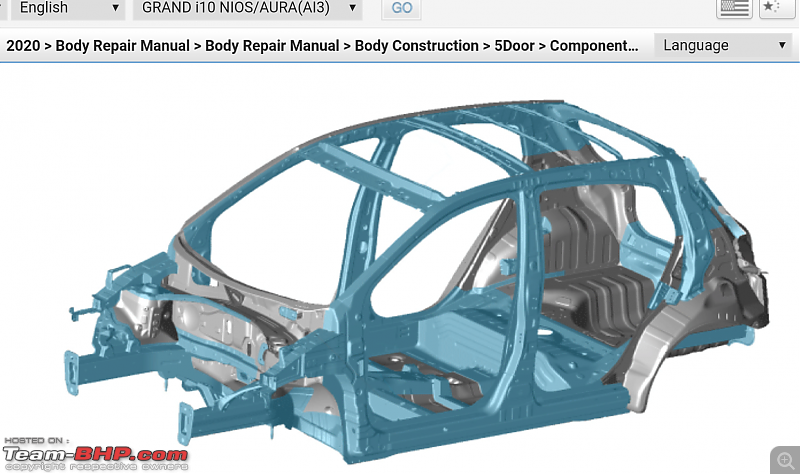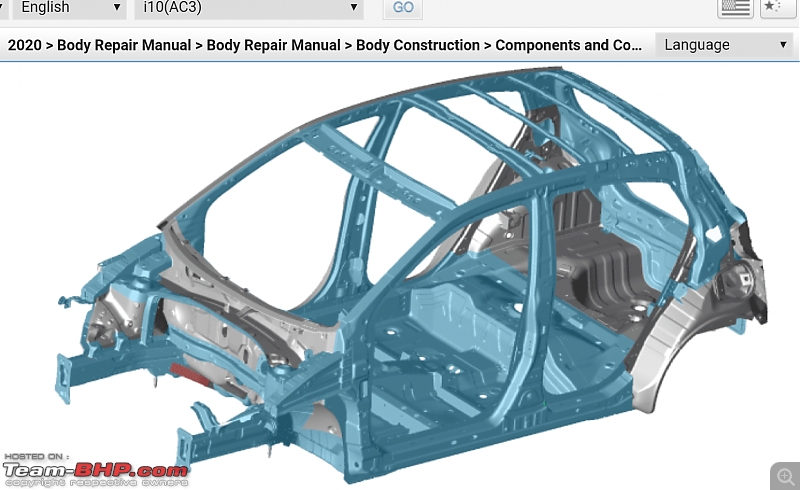| |||||||
 |
| Search this Thread |  73,863 views |
| | #16 |
| BHPian Join Date: Feb 2012 Location: Mumbai
Posts: 255
Thanked: 570 Times
| |
| |  (2)
Thanks (2)
Thanks
|
| |
| | #17 |
| Distinguished - BHPian  Join Date: Aug 2009 Location: Cochin
Posts: 3,809
Thanked: 19,310 Times
| |
| |  (5)
Thanks (5)
Thanks
|
| | #18 |
| Distinguished - BHPian  Join Date: Jan 2010 Location: TVPM
Posts: 3,816
Thanked: 11,703 Times
| |
| |  (6)
Thanks (6)
Thanks
|
| | #19 |
| BHPian Join Date: Nov 2020 Location: Bangalore
Posts: 42
Thanked: 131 Times
| |
| |
| | #20 |
| Newbie Join Date: Sep 2020 Location: HYDERABAD
Posts: 10
Thanked: 3 Times
| |
| |
| | #21 |
| BHPian Join Date: Sep 2009 Location: Bombay
Posts: 845
Thanked: 1,225 Times
| |
| |
| | #22 |
| BHPian Join Date: Aug 2014 Location: Kolkata
Posts: 688
Thanked: 1,151 Times
| |
| |
| | #23 |
| BHPian Join Date: Oct 2012 Location: Bangalore
Posts: 44
Thanked: 62 Times
| |
| |  (6)
Thanks (6)
Thanks
|
| | #24 |
| BHPian Join Date: Sep 2020 Location: Bangalore
Posts: 30
Thanked: 51 Times
| |
| |
| | #25 |
| Newbie Join Date: Feb 2020 Location: Chennai
Posts: 20
Thanked: 33 Times
| |
| |  (2)
Thanks (2)
Thanks
|
| | #26 |
| BHPian Join Date: Jun 2019 Location: Chennai
Posts: 83
Thanked: 188 Times
| |
| |
| |
| | #27 |
| BHPian Join Date: May 2020 Location: New Delhi
Posts: 163
Thanked: 473 Times
| |
| |  (2)
Thanks (2)
Thanks
 |
| | #28 |
| Senior - BHPian Join Date: Nov 2011 Location: Chennai
Posts: 1,803
Thanked: 6,579 Times
| |
| |  (40)
Thanks (40)
Thanks
|
| | #29 |
| BANNED Join Date: Jul 2010 Location: Gurgaon
Posts: 388
Thanked: 818 Times
| |
| |  (2)
Thanks (2)
Thanks
 |
| | #30 |
| Team-BHP Support  | |
| |  (34)
Thanks (34)
Thanks
|
 |













